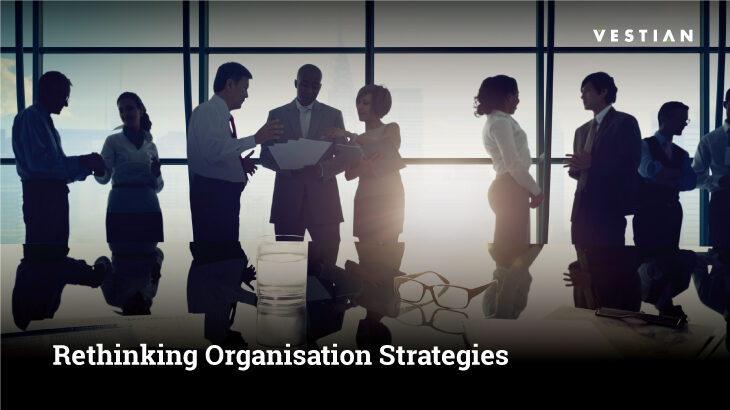The COVID-19 outbreak has been one of the most significant disruptions that has hit the real estate industry, leading to a 360 degree turn in perspective on many factors, that were hitherto accepted as constant. . Endeavouring to navigate through these rough waters, organisations have been led to take stock of their operations, re-align themselves with changing priorities and review their growth plans. While a number of fresh strategies were implemented by organisations post the first wave of the pandemic, the onslaught of the second wave put them to test, challenging their limits and prompting decision-makers to further future proof such plans.
With the vaccination drive in the country picking up pace, post-pandemic recovery has become critical for commercial real estate. The factors that companies now take into account while assessing the viability of long and short-term business decisions will determine the future of work, as well the office space market. These would entail considerable planning around business drivers that will impact various work elements while bringing about an effective workplace strategy at the same time.
The right location helmed by a fitting manpower
The pandemic has made businesses realise the importance of analysing their growth models, in order to withstand the adverse impact of unprecedented events. One of the key components of an organisation’s growth is the location that it has chosen to be in – if its business is in alignment with the talent pool available there, as the presence of skilled talent lends substantial competitive advantage over others in terms of resource planning. In order to stipulate such a coalescence, factors such as migration patterns, physical and social infrastructure, public transportation and population density in a particular location would require considerable evaluation. It is pertinent for an organisation to understand the right market where sufficient talent exists to meet its business objectives, while also holding the potential of evolving skillsets over a period of time. This can lessen labour costs while also boosting competitive advantage in comparison with other markets. A smart hub-and-spoke strategy developed near dispersed manpower pools can help attract employees to augment an organisation’s position in the market.
Not surprisingly, over the past decade and a half, markets such as Bengaluru, Singapore, Shanghai and Beijing have emerged as foremost technology hubs in the Asia-Pacific region, led by their manpower availability and infrastructure, that promises future growth and investment opportunities for organisations. In the Indian market context, IT/ITeS companies have been attracted to office markets such as Bengaluru, Hyderabad and Pune, while the BFSI sector prefers to be located in Mumbai. Further, markets such as Hyderabad hold prospects of becoming a fintech hub in the forthcoming years. Of late, the data centre market has garnered much prominence in the country and while Mumbai and Chennai have gained a march over others at present, soon Bengaluru, Hyderabad and Noida are expected to catch up as well, given the interest evinced in these markets.
Office space requirements – How much is good enough?
As employees return to office, there would be several factors at play in order to determine the office space required by an organisation. In the past year, people have developed new strengths and habits, and hold newer expectations from their organisations as well. Persuading them to leave the comfort of remote work will necessitate the creation of a stronger connection between office design and operations. Companies must now contemplate upon a futuristic vision for the workplace, determining areas of investment and retraction, and come up with a stable strategy on how to meet the changed requirements of the workforce. Employee behaviour would now be led by their need for flexibility regarding the extent of their engagement with the workspace and what they will use it for, which in turn would determine the quantum of office space required. Thus, it is critical to understand the role and purpose of office space post the pandemic, and factors involving office design and densities would have to be actively re-assessed.
With most employees today desiring an equitable balance of remote working and working at office as their preferred workstyle, organisations that offer flexibility are expected to earn acceptance easily and achieve the objective of accessing as well as retaining a talented workforce. Eventually, organisations that embrace agile real estate strategies will be better prepared to handle a rapidly changing landscape around the office.
Well-being & sustainability the new elements in organisation operation
The COVID-19 crisis has put the spotlight firmly on the well-being and sustainability of workspaces. The lines between personal life and work are increasingly becoming blurred – human emotions taking precedence during these anxiety-filled times. As a consequence, future organisation strategies might entail lesser travel and conducting of face-to-face business, and development of more sustainable buildings that aim towards fulfilling the physical, mental and social needs of employees.
Thus, it would be perhaps fair to assume that the objective of an organisation today lies in achieving a balance between remote and physical office space, and in creating decentralised teams that are linked effectively through technology. Workplaces of the future will have to offer an ecosystem that upholds the health and mental well-being of employees as well as emphasizes the importance of corporate culture that thrives on collaboration. However, only time would tell whether this crisis resulted in imparting long-term lessons that fundamentally altered the way organisations operated and implemented strategies to accomplish their business goals.
